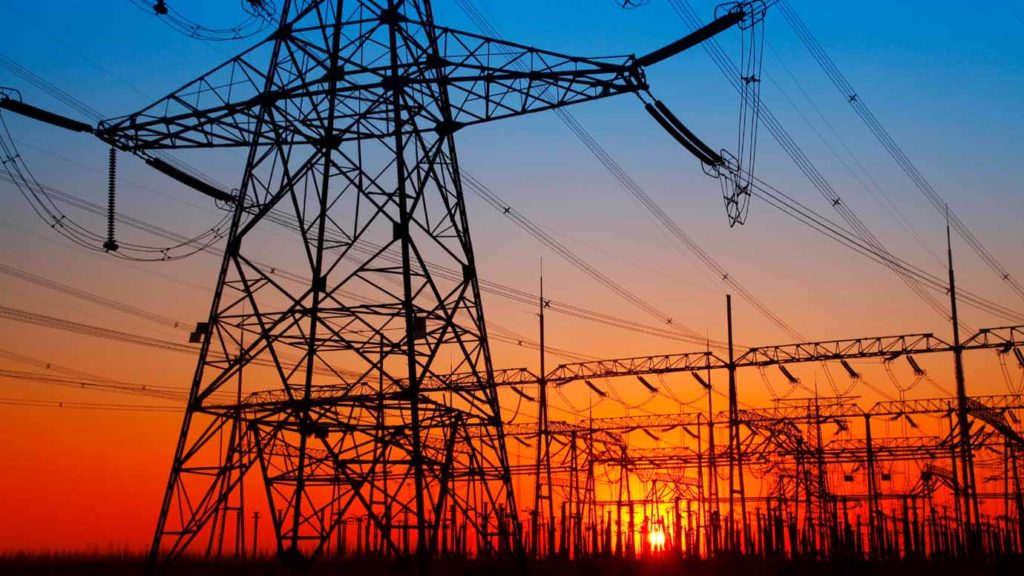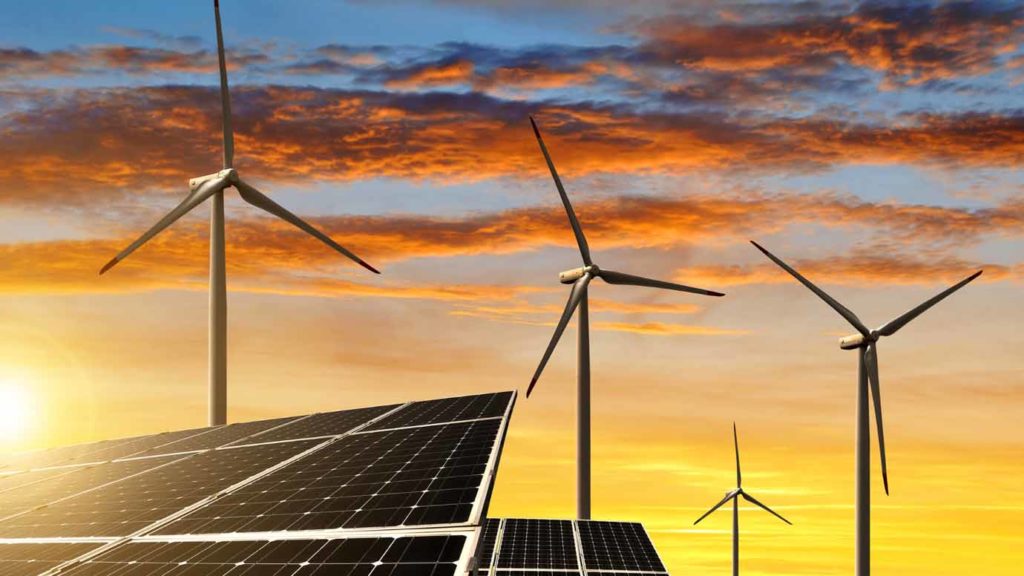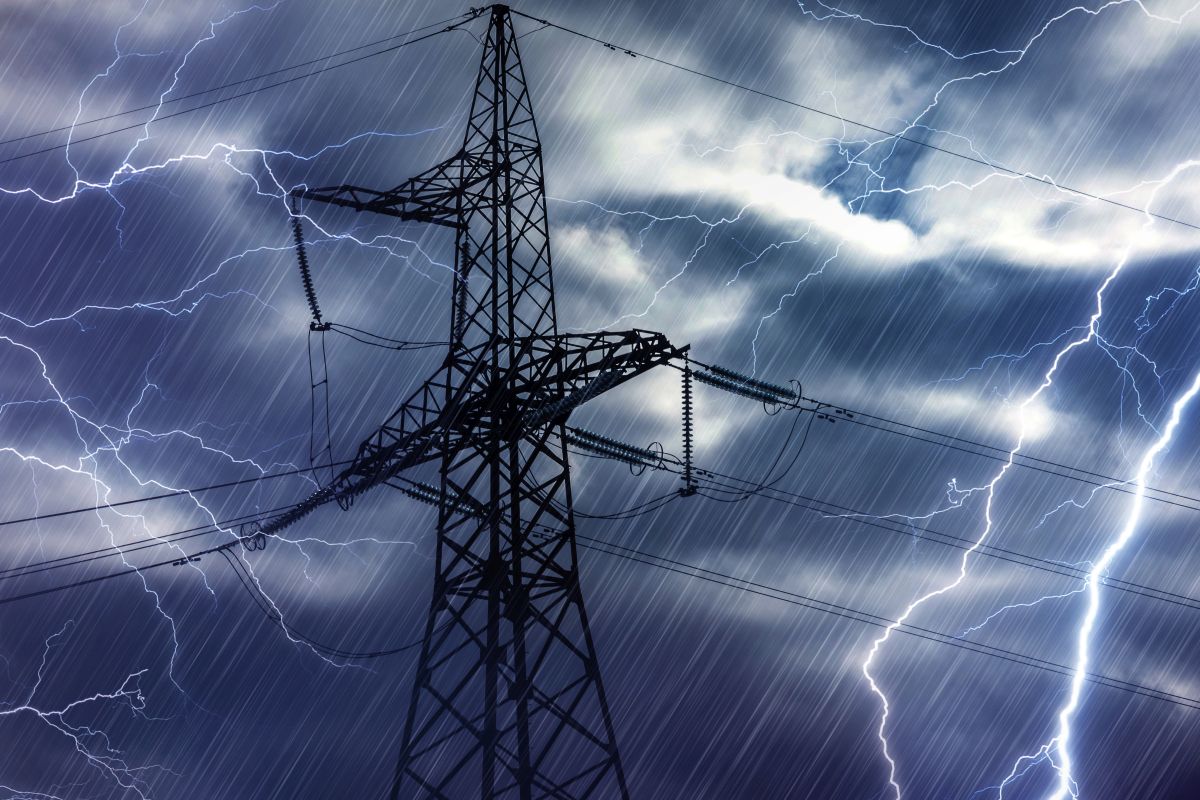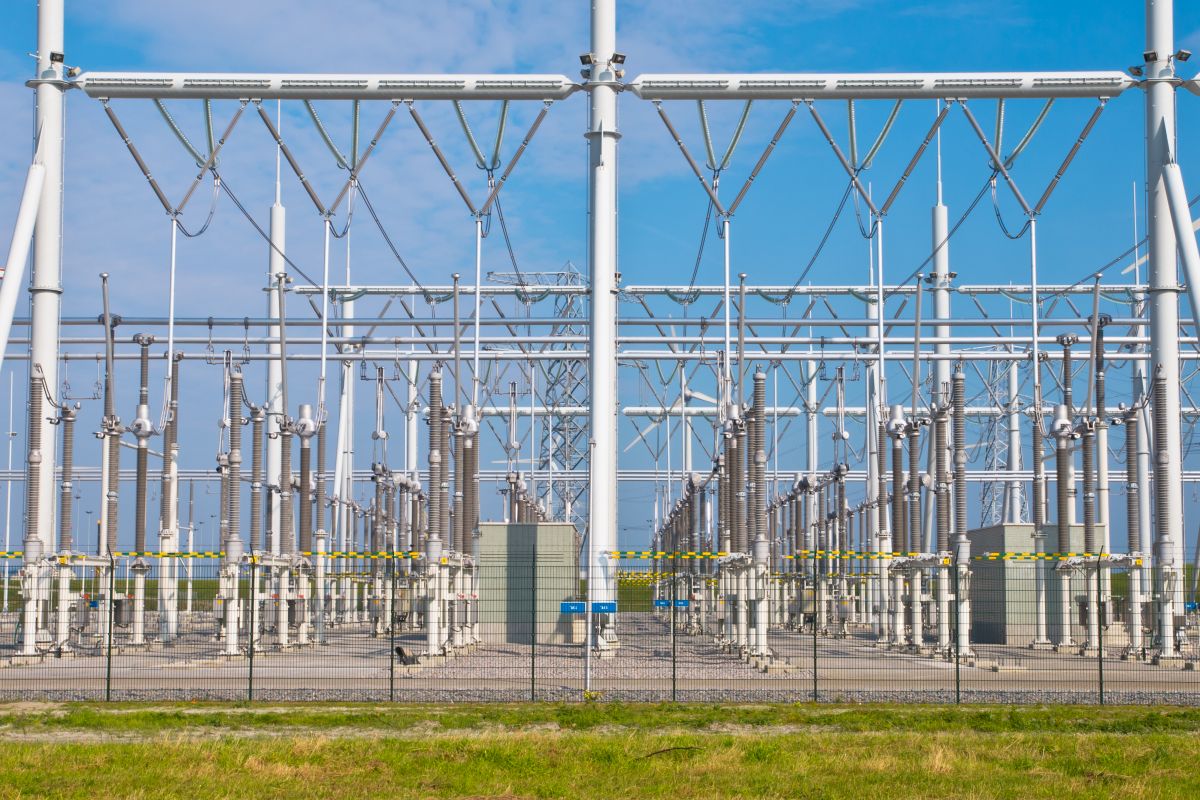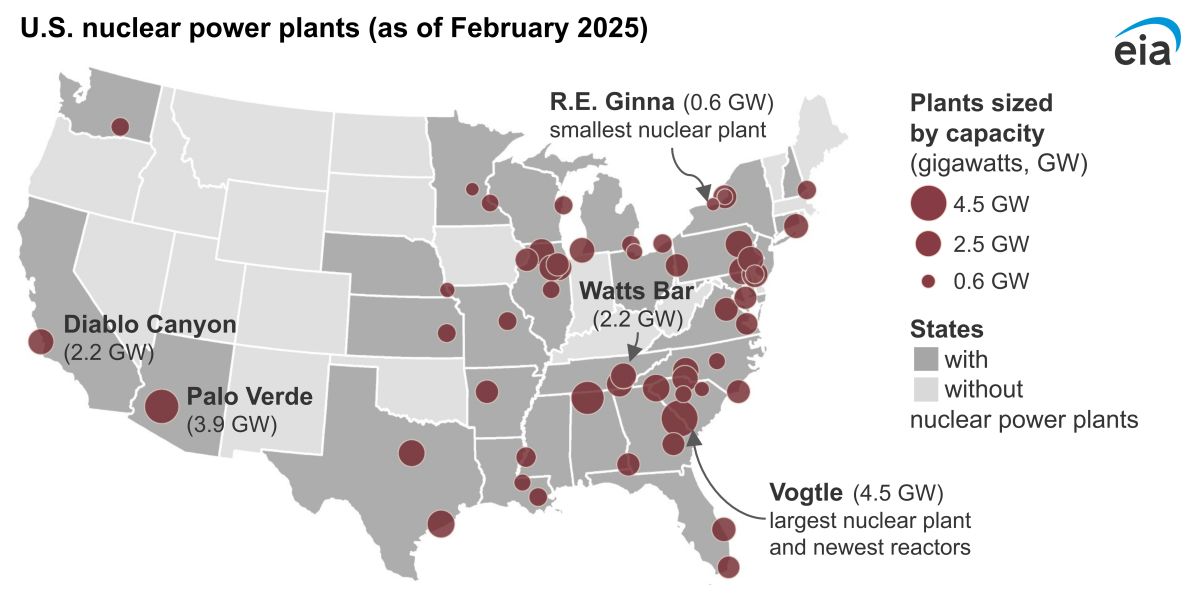According to the 2022 Regional Resource Assessment (RRA) report published by the Midcontinent Independent System Operator (MISO), wind and solar power generation are projected to comprise 60% of the annual load by 2041 in the MISO region, which includes 15 U.S. states and the Canadian province of Manitoba. A higher contribution from renewables to the grid will reduce emissions by 80% compared to the 2005 levels; however, it will result in making the reliability and planning of the grid extremely complex. The MISO RRA emphasizes that maintaining grid stability amid this transition will require enhanced resource planning, as the MISO Grid faces increasing variability in energy generation and demand.
Challenges Highlighted in the MISO RRA Report
The following are some of the challenges pointed out in the MISO RRA.
- Ramping needs are bound to increase as solar generation capacity grows. Although the challenge will fluctuate from season to season, however, the winter months will present the greatest difficulty because the intensity of the sunlight and hours will be limited.
- The region will need “controllable resources” to complement the growth of solar so that they are able to ramp up or down quickly and possibly cycle multiple times a day.
- The capacity contribution of solar generation is forecast to decline fast as the system gets more solar capacity. The contribution of wind generation, in comparison, is forecast to be more stable as more wind capacity is added to the system.
- During the winter months, MISO RRA has reported two peaks in the diurnal net load. The first one takes place as people wake up in the morning, and then there is a mid-day dip in demand, after which there is an increase in load during the evenings.
- According to the fleet changes estimated by the MISO RRA, the “two peak” pattern of the day is expected to take the shape of a “duck curve.” This term has evolved from California, after the system operators over there studied the increasing contribution of renewables, especially solar, to the net load.
- Solar-plus-storage and stand-along energy storage options through 2041, modeling battery units at 11 GW and hybrid units at 14.8 GW of capacity were also mentioned by the report. Observing monthly patterns revealed that solar-plus-storage and battery units had a combined impact of reducing the evening peak net load.
- It was also observed that the contribution of battery storage and hybrid resources resulted in slightly steeper morning down-ramps, depending on prices. A larger battery resource fleet would increase system benefits, however, additional batteries were not included by the model because of a higher relative cost.
- The risk of capacity shortfalls is going to increase if load growth exceeds assumptions or if retirement schedules are accelerated without sufficient replacement. Risks will increase further if any of the planned resources are delayed and alternate solutions are not quickly implemented.
- At a macro level, MISO members are planning an overall increase in installed capacity, compared to 2021 levels, through “significant investments” in new resources. For example, they plan to replace retiring coal capacity by investing in solar and wind capacity.
- Natural gas units remain more or less neutral at a system level when it comes to the capacity expected to be retired versus planned additions. The report noted, however, that 1 GW of coal has a higher contribution capacity than 1 GW of solar energy. Thus, MISO members will have to “reliably achieve decarbonization targets and meet planning reserve margins.”
- The report cautioned that the risks and timing of potential capacity shortfalls differ across MISO’s 10 Local Resource Zones (LRZs).
Conclusion
The Midcontinent Independent System Operator (MISO) is navigating a complex transition as renewable energy becomes a dominant force in its power grid. The MISO RRA highlights both the benefits and challenges of integrating higher levels of wind and solar energy, emphasizing the need for flexible resources and advanced planning to maintain grid reliability. As the MISO Grid evolves, strategic investments in energy storage, controllable resources, and system planning will be essential to ensuring a stable and resilient power supply for the future.
For more information about 2022 Regional Resource Assessment (RRA), click here.
Disclaimer: Any opinions expressed in the blog do not necessarily reflect the opinions of Certrec. The content of this blog is meant for informational purposes only.


